In today’s world, the notion of a “No Kill” animal shelter is often viewed as a beacon of hope for countless animals. By promising not to euthanize healthy animals, these shelters aim to provide them with a second chance at life. However, beneath the surface, there are numerous challenges that come with maintaining such a promise. While the intention is noble, the execution can sometimes be fraught with complications. This article delves into the various disadvantages of operating a no-kill shelter, offering insights that many horse lovers and animal advocates might not be aware of.
Overcrowding: A Common Challenge
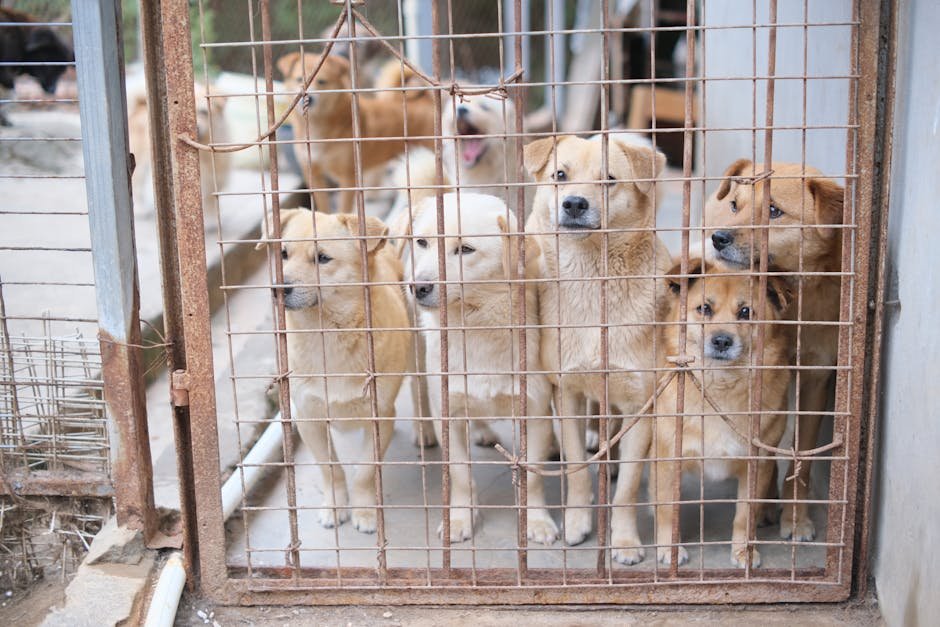
Overcrowding is perhaps the most evident issue faced by no-kill shelters. When a shelter promises not to euthanize, it inevitably leads to a higher number of animals being housed. This can create a stressful environment for both animals and staff. Imagine a stable full of horses with barely any room to move; the cramped conditions can lead to heightened aggression and stress among the animals. Moreover, overcrowding can also result in the spread of diseases, as the close quarters make it difficult to maintain hygiene standards. In essence, while the goal is to save lives, the quality of life for the animals can sometimes be compromised.
Financial Strains and Limited Resources
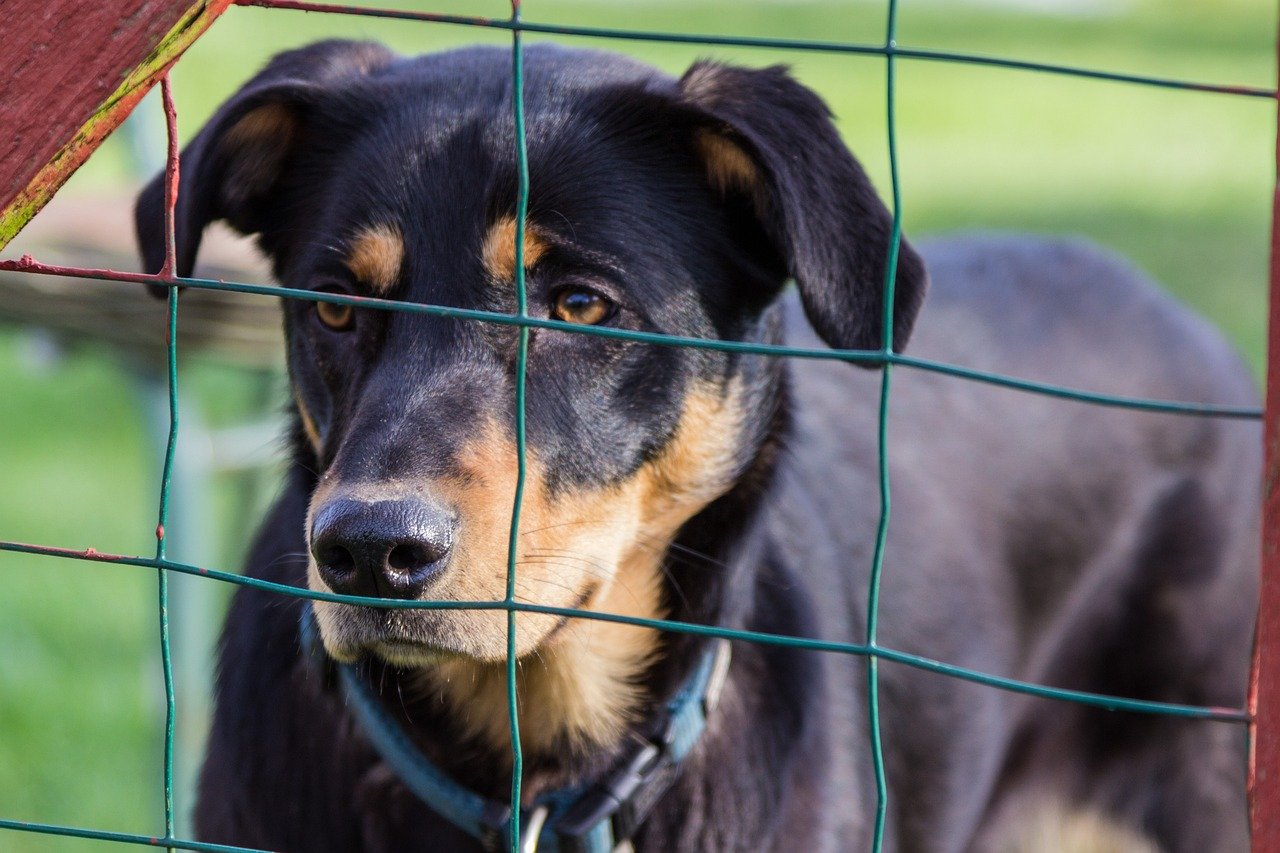
Running a no-kill shelter requires substantial financial resources. From feeding and medical care to staffing and maintenance, the costs can quickly add up. Many shelters rely heavily on donations and volunteer work, which can be inconsistent. For horse lovers, think of the expenses involved in caring for a single horse – now multiply that by hundreds. The financial strain can mean that shelters may not always be able to provide the best care for every animal, leading to compromised health and well-being. This financial burden can also limit the number of animals a shelter can realistically support, even if they wish to help more.
Increased Pressure on Adoption Processes
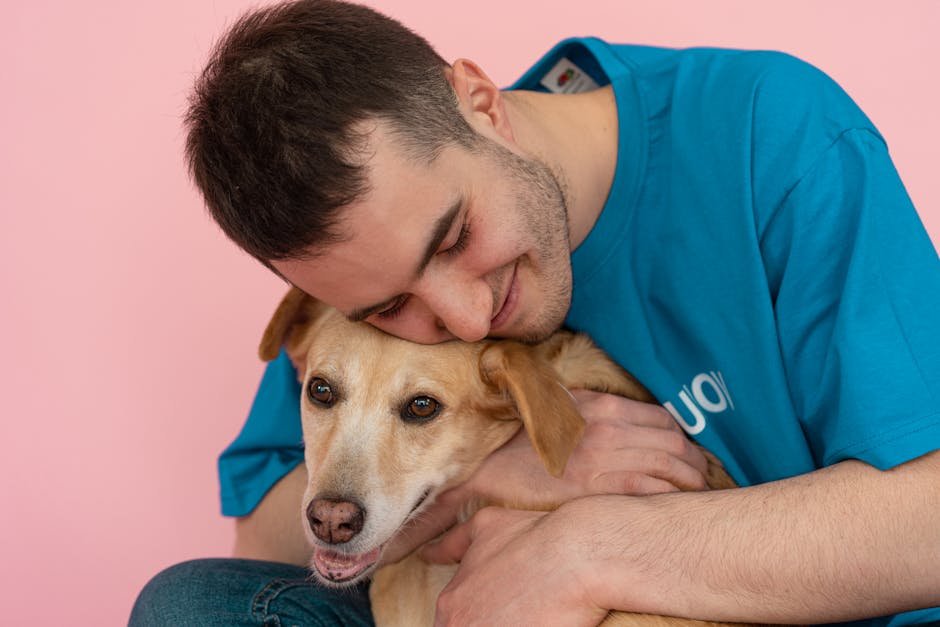
To ensure animals do not stay indefinitely, no-kill shelters often ramp up their adoption processes. However, the pressure to find homes quickly can sometimes lead to mismatched adoptions. For instance, an active horse might be placed with a family looking for a calmer companion, leading to issues down the line. The focus can shift from finding the perfect match to simply finding any match, which can result in animals being returned or, worse, mistreated. This cycle not only affects the animals but also the reputation of the shelter.
Emotional Toll on Staff and Volunteers
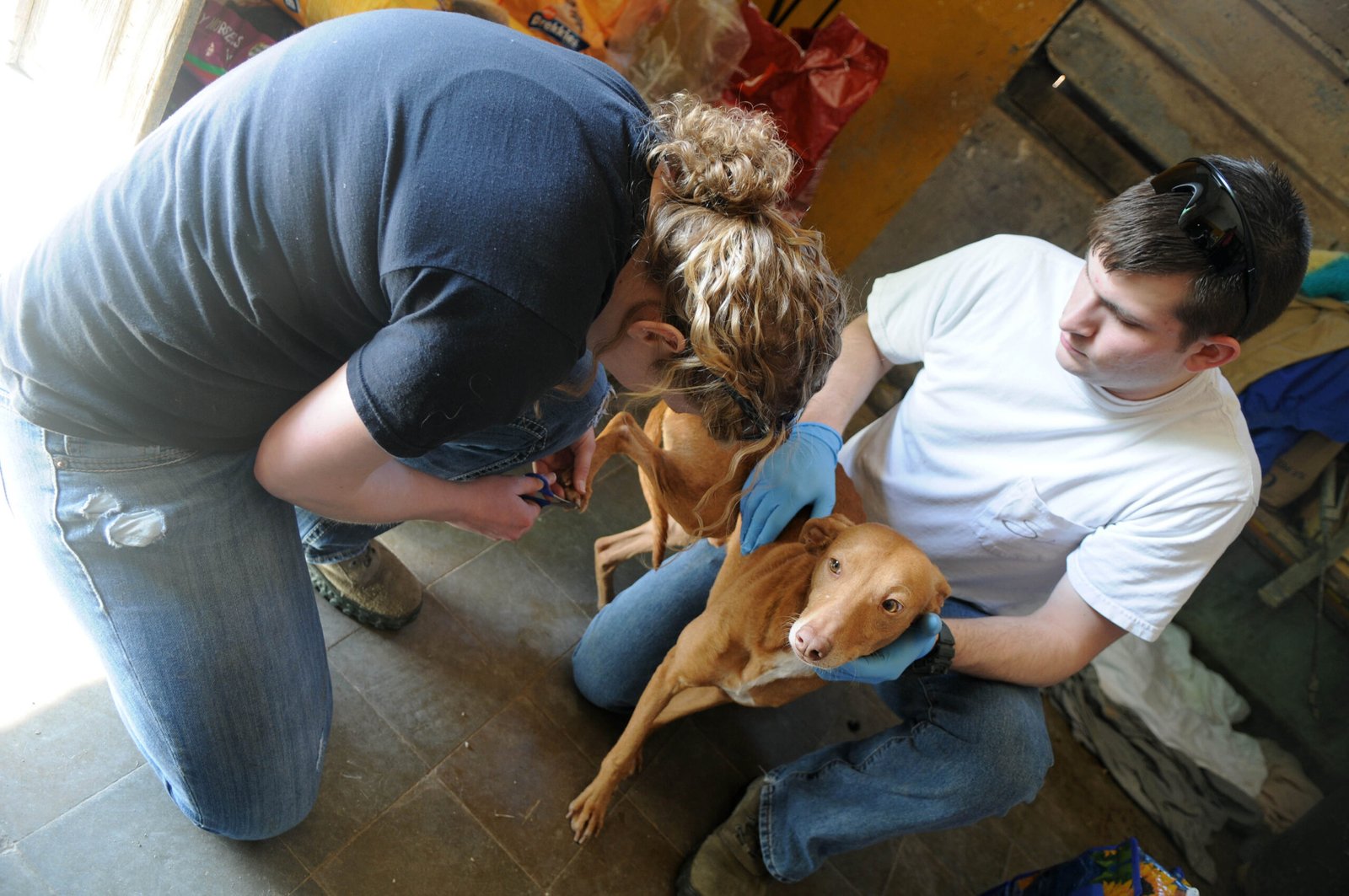
Working in a no-kill shelter can be emotionally draining. Staff and volunteers are often faced with the harsh realities of animal neglect and abandonment. The constant influx of animals can be overwhelming, and the inability to save every animal can lead to feelings of guilt and burnout. For horse enthusiasts, the bond formed with these majestic creatures can make it even more heart-wrenching when faced with the limitations of the shelter. The emotional toll can affect the overall morale and effectiveness of the shelter’s operations.
Challenges in Maintaining Quality Care

Ensuring that every animal receives the care they need is a monumental task. With limited resources and a high number of animals, no-kill shelters can struggle to maintain the quality of care. This can mean delayed medical treatments, inadequate nutrition, and insufficient attention to behavioral needs. Picture a barn with too many horses and not enough caretakers – the quality of care inevitably declines. This can lead to long-term issues for the animals, making it harder for them to be adopted into loving homes.
Potential for Increased Neglect Cases
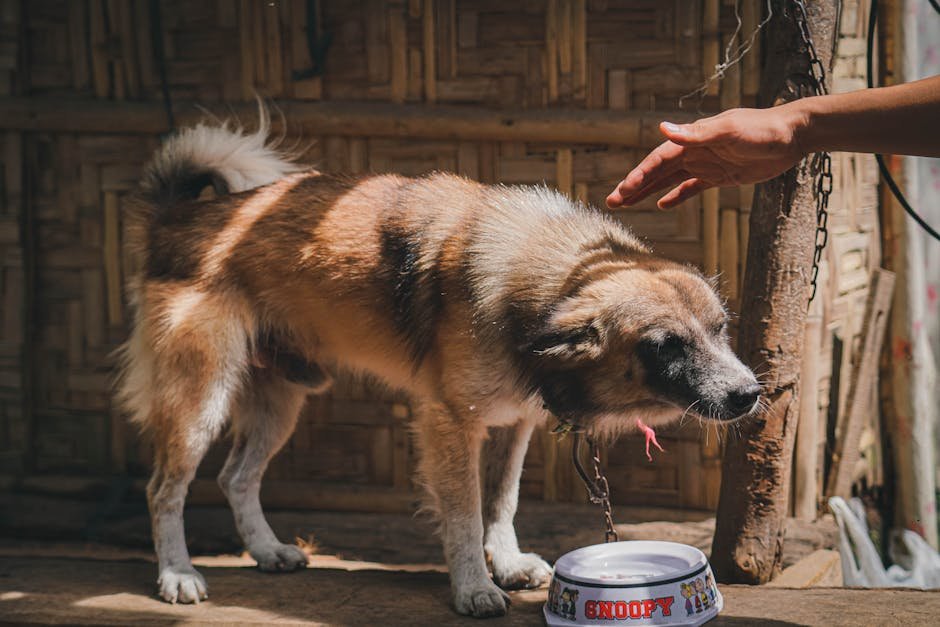
Paradoxically, the promise of a no-kill policy can sometimes lead to increased neglect cases. Some individuals might surrender animals to these shelters, thinking they will be better off, but in reality, the shelters might not have the capacity to provide the necessary care. Additionally, knowing that these shelters won’t euthanize might lead some to abandon animals, believing they will eventually find a home. This can place an undue burden on the shelters, exacerbating existing challenges.
Limited Space for New Arrivals
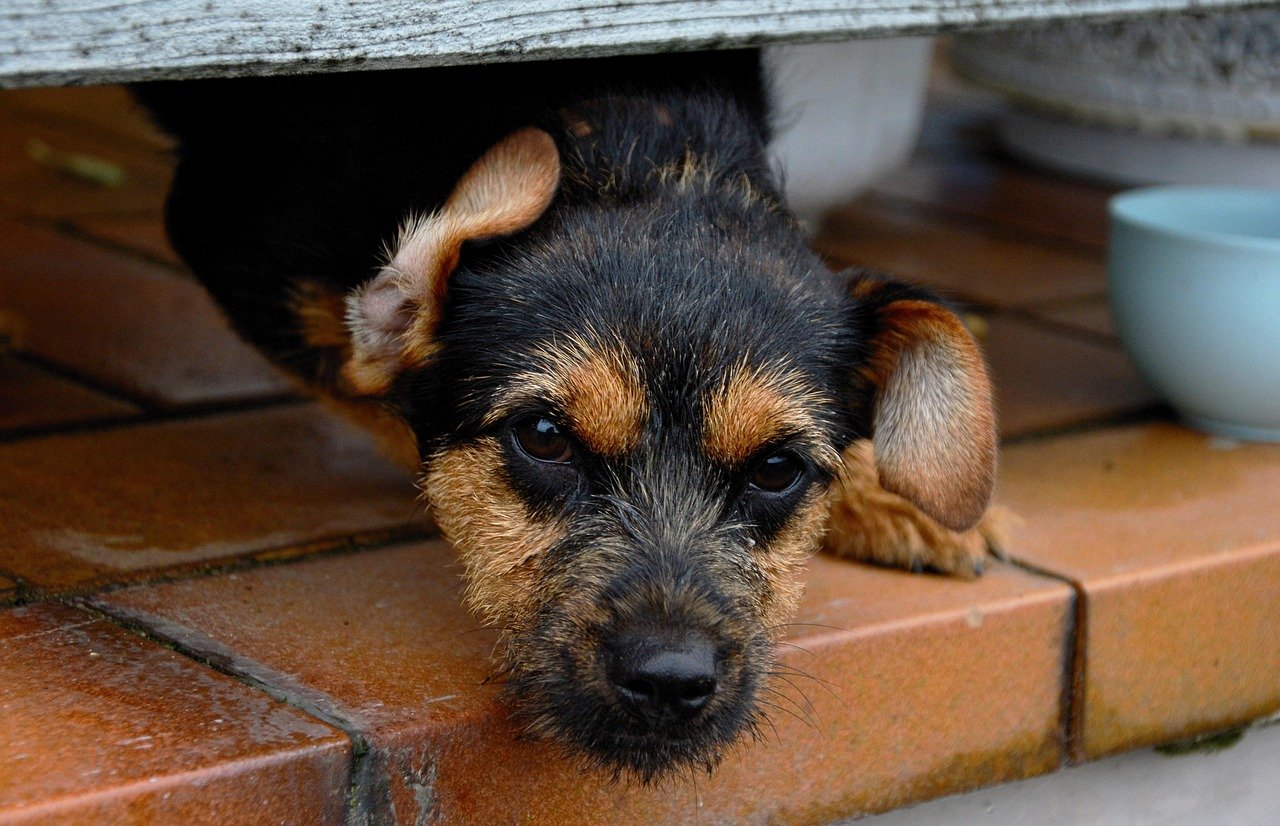
With the commitment to not euthanize, shelters can quickly reach capacity, leaving little room for new arrivals. This can be particularly concerning during peak seasons, such as when foaling occurs in horse communities. New animals in need might be turned away or placed on long waiting lists, delaying the care they desperately need. This lack of space can also mean that animals in immediate need of care might not receive it in a timely manner, further complicating the shelter’s mission.
Strain on Community Relations

No-kill shelters often rely on strong community ties to function effectively. However, the challenges they face can sometimes strain these relationships. When animals are turned away due to capacity issues, it can lead to public frustration. Additionally, if the quality of care is perceived as lacking, community trust can erode. For horse lovers, the community’s perception of how animals are treated can significantly impact support and involvement. Maintaining positive relations while navigating the complexities of a no-kill policy is a delicate balance.
The concept of a no-kill shelter is undoubtedly rooted in compassion and a deep desire to save lives. However, the challenges they face are multifaceted and require careful consideration. Understanding these disadvantages is crucial for anyone passionate about animal welfare, as it sheds light on the complexities of providing care without compromise.

Linnea is a born and bred Swede but spends as much time as possible in Cape Town, South Africa. This is mainly due to Cape Town’s extraordinary scenery, wildlife, and atmosphere (in other words, because Cape Town is heaven on earth.) That being said, Sweden’s majestic forests forever hold a special place in her heart. Linnea spends as much time as she can close to the ocean collecting sea shells or in the park admiring puppies.






